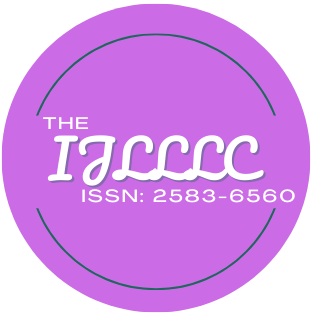| Title: THE ROLE OF FORMULAIC SEQUENCES IN ORAL FLUENCY: AN ETHNOGRAPHY |
| Authors: Sophomore Talle VACALARES and Charito G. ONG, Philippines |
| Abstract: Oral fluency is an essential aspect of language proficiency that is often neglected in communicative language classrooms. Formulaic sequences, which are fixed expressions or structured sentence chunks, can aid in achieving higher levels of fluency. This study explores various forms of formulaic sequences that non-native English speakers use in their oral discourse to measure fluency. These include phrasal verbs, lexical bundles, collocations, idioms/phrases, and song lyrics/titles. The researchers immersed in the field and observed forty (40) senior high school students to determine the most commonly used formulaic sequences in their speeches. The data was triangulated to validate and analyze nuances of the speech, including focus group discussions, classroom observations, and individual interviews. The findings indicated that phrasal verbs were the students’ most commonly used type of formulaic sequence, followed by lexical bundles, collocations, idioms/phrases, and oxymora. Songs were the least common source of formulaic sequences. The individual interviews revealed that exposure to formulaic sequences improved oral fluency, even with some irregularities in phrasing and pauses. Overall, the study suggests that formulaic sequences play a vital role in enhancing oral fluency among non-native English speakers. The results also recommend encouraging learners to use formulaic expressions in all aspects of their language learning. |
| Keywords: Formulaic sequences; Oral fluency; Data triangulation; Ethnography |
| DOI: https://doi.org/10.59009/ijlllc.2024.0062 |
| PDF Download |
